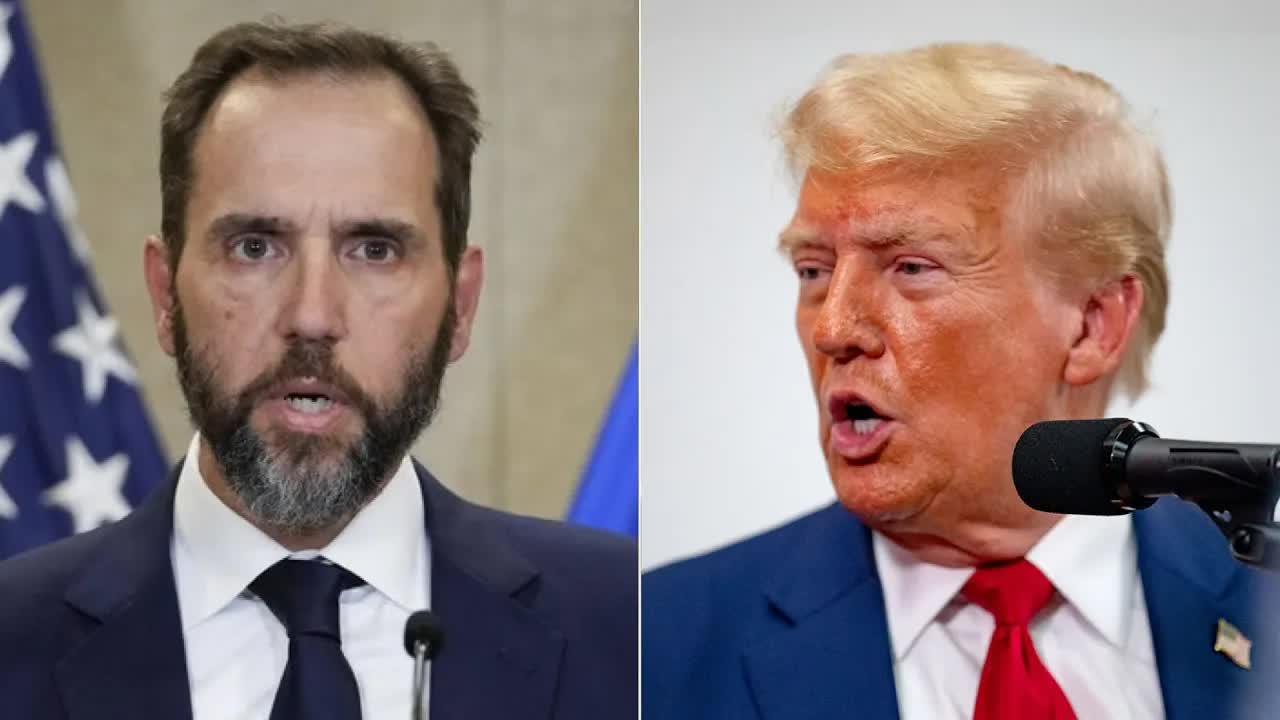In a significant development in the ongoing legal saga surrounding Donald Trump, a 165-page indictment filed by Special Counsel Jack Smith has been unsealed in a Washington D.C. court.
This document, overseen by Judge Tanya Chutkin, reveals a wealth of information regarding Trump’s actions related to the January 6 Capitol riots and the 2020 election.
While many details were previously known, this filing adds a layer of complexity that could have serious implications for Trump and his co-conspirators.
The first 85 pages of the indictment provide a detailed narrative of the alleged crimes committed by Trump and his associates, including notable figures like Rudy Giuliani, John Eastman, and Sidney Powell.
The sheer volume of incriminating statements made by these individuals is striking.
Each utterance from these co-conspirators serves as potential evidence against Trump, creating a web of liability that extends far beyond any individual’s actions.
One of the key legal concepts at play here is “co-conspirator liability.”
This principle holds that when individuals join together in a conspiracy, they can be held responsible for the actions and statements of their fellow conspirators, even if they did not directly participate in every act.
This means that Trump’s fate could hinge on the words and deeds of others involved in the alleged conspiracy.
As we dissect the implications of the indictment, it becomes clear that the presence of 77 unnamed individuals—referred to as P1, P2, and so forth—adds another layer of risk for Trump.
These designations include not only those who may have participated in wrongdoing but also victims of the conspiracy, such as Ruby Freeman and Shea Moss.
The inclusion of these individuals complicates the narrative and raises questions about who could potentially testify against Trump.
The gravity of co-conspirator liability cannot be overstated.
It acts as a powerful tool for prosecutors, incentivizing even minor players in the conspiracy to cooperate with authorities.
If someone is implicated in a broader criminal scheme, they may feel compelled to provide testimony or evidence in exchange for leniency, thereby further endangering Trump’s position.
Interestingly, while some of the P-designated individuals may not face criminal exposure, key figures like Steve Bannon are already under scrutiny.
Although not yet labeled as co-conspirators, Bannon’s involvement in alleged criminal conduct could soon change.
The anticipation of future indictments looms large over this case, with the potential for more individuals to be drawn into the legal fray.
The indictment also highlights the evidentiary value of co-conspirator statements.
For instance, the filing includes a statement from John Eastman, one of Trump’s attorneys, who suggested committing further legal violations to secure Trump’s presidency.
This admission could serve as potent evidence against both Eastman and Trump, illustrating how the actions of one can impact the entire group.
Critics might wonder why Trump and his legal team cannot simply argue that they should not be held accountable for the actions of others.
However, because Trump and his associates allegedly conspired together, the law does not allow for such defenses.
By participating in a conspiracy, they collectively bear responsibility for the actions and statements made by the group.
Determining whether a conspiracy exists is a multifaceted process.
Initially, a grand jury evaluates the evidence presented by prosecutors to establish whether there is sufficient cause to support a conspiracy charge.
Following this, a judge must also agree that enough evidence exists before the case proceeds to trial.
Ultimately, it is the jury that will decide whether a conspiracy was indeed present and if the defendants are guilty of the associated crimes.
In simpler terms, the prosecution must clearly demonstrate the existence of a conspiracy for the case to proceed.
If they succeed, the ramifications for all involved can be severe, as the jury can then attribute the actions of one conspirator to all others.
This interconnectedness of liability makes the stakes incredibly high for Trump and his associates.
Given the depth of evidence outlined in the unsealed indictment, it seems likely that jurors will find substantial grounds for concluding that a conspiracy existed.
The overwhelming nature of the evidence against Trump, especially in light of what has already emerged from previous hearings, paints a troubling picture for the former president.
As the legal landscape continues to evolve, both Trump and his allies face an uphill battle.
The unsealed indictment not only reinforces previous allegations but also introduces a comprehensive narrative that complicates their defense strategies.
As we keep a close watch on developments in this case, it’s clear that the implications will resonate far beyond the courtroom.































